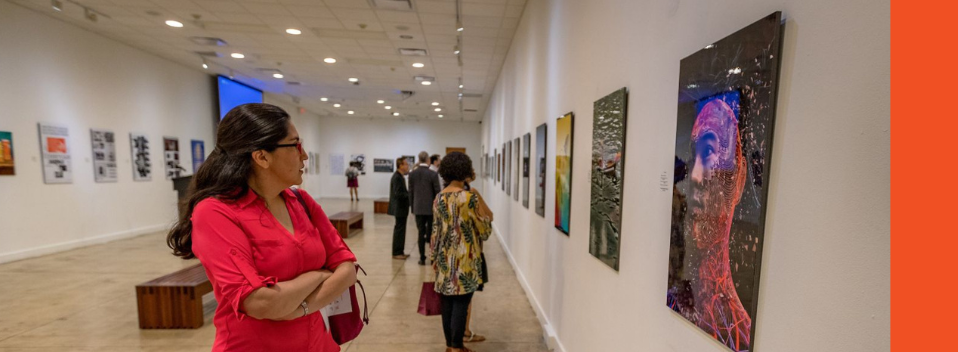
School of Art & Design Faculty Publications and Presentations
Document Type
Article
Publication Date
2020
Abstract
Among the manuscripts produced for Charles the Bald, King of West Francia (843-77) and Holy Roman Emperor (875-77), the so-called Second Bible (Paris, BnF, MS Lat. 2) holds a special place. Illuminated in the scriptorium of the abbey of St. Amand between 870 and 873, the Bible—unlike all the other manuscripts presented to the king during this period—contains no human figures or royal portraits. It exhibits instead large initials patterned with geometric and zoomorphic designs. In addition, the volume opens with a long poem dedicated to Charles the Bald and written by Hucbald (ca. 840–930), master of the monastery school at St. Amand. Although Carolingian scholarship has investigated the manuscript’s ornament, the relationship between Hucbald’s poetry and the book’s decorative program has never been systematically examined. By analyzing both the use of script as image and Hucbald’s poem, this article sheds light on the Bible’s intended purpose and message. Moreover, the article contributes to a more precise understanding of Charles the Bald’s role as patron of St. Amand. It argues that the Bible not only represents the increasingly close relationship between the abbey and the crown, but also functions as a special vehicle that carries the abbey’s pleas straight to the king’s heart.
Recommended Citation
Pizzinato, Riccardo. “The Second Bible of Charles the Bald: Patronage and Intellectual Community at St. Amand.” ABside, vol. 2, no. 1, 1, July 2020, pp. 77–106, https://doi.org/10.13125/abside/4149
Creative Commons License

This work is licensed under a Creative Commons Attribution-NonCommercial-No Derivative Works 4.0 International License.
First Page
77
Last Page
106
Publication Title
ABside
DOI
10.13125/abside/4149


Comments
Copyright 2020 Riccardo Pizzinato.